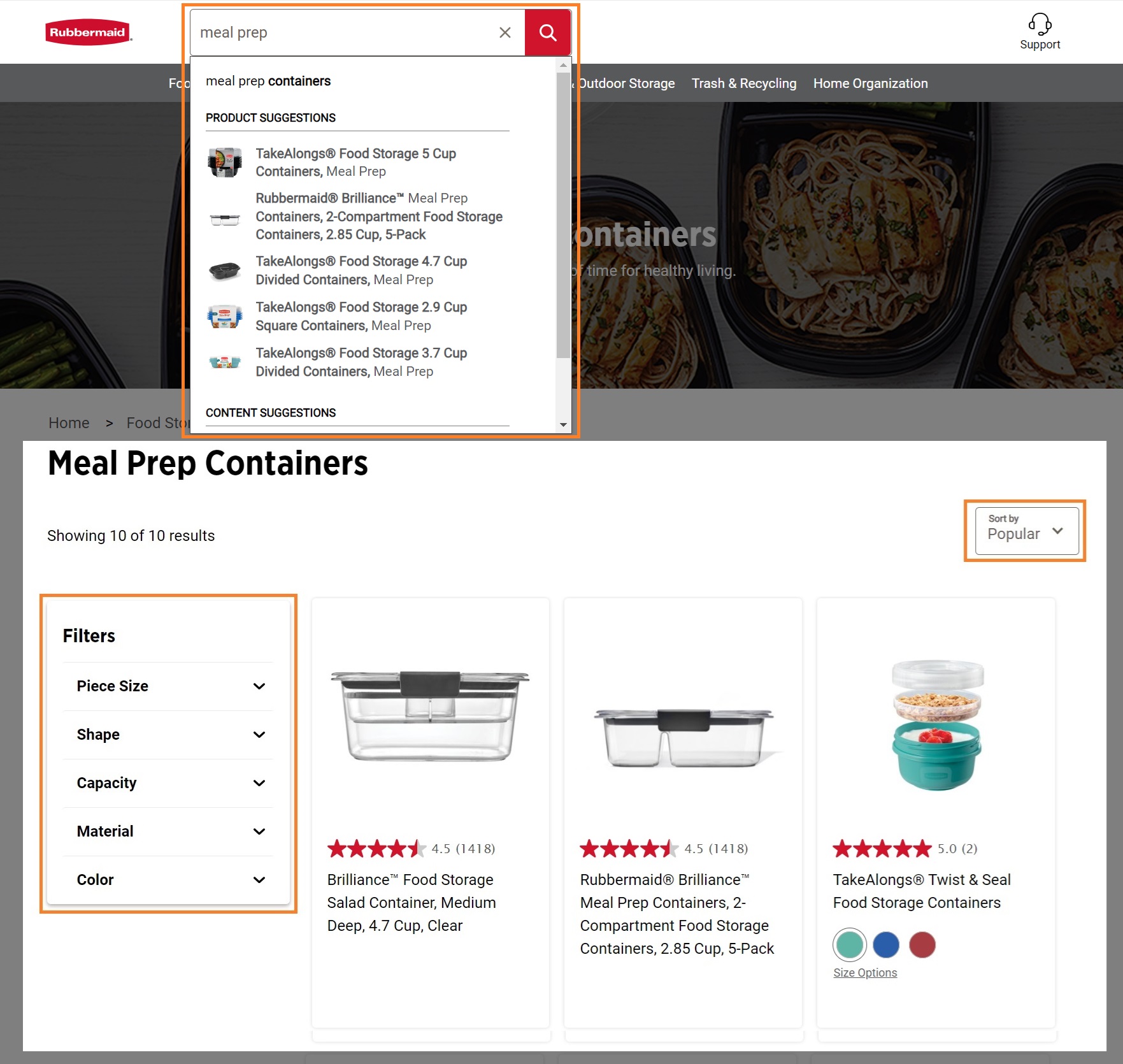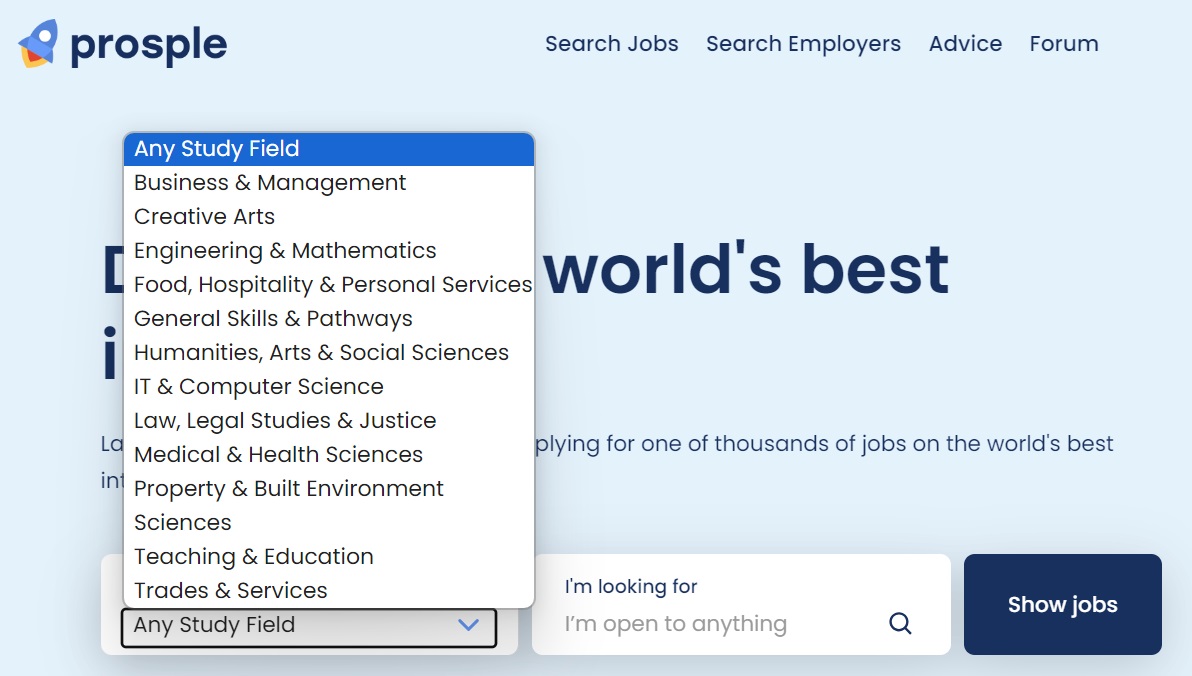
A product catalog is an excellent solution to organize and showcase all of your products engagingly. If you want to add one for your store, this article will explain what it is about and how it impacts your store’s efficiency.
Creating a product catalog is more than adding and organizing your store’s products. So, we also include practical strategies and real brand examples. After reading this, you will be confident in creating, managing, and optimizing your product catalog.
What Is A Product Catalog?
A product catalog is a document that contains all the product details. Business owners present them in a standardized format, making it easier for customers to browse the offerings.
The first product catalog is in the form of printed documents (e.g., brochures or pamphlets) and only consists of text. It often includes company names, contact details, product information, and taglines.
Today’s product catalogs offer more formats, including digital versions. The digital product catalogs enable consumers to browse product catalogs through online platforms, websites, and mobile apps.
Personalization plays a key role in its implementation success. It helps establish stronger relationships between businesses and consumers. Collecting the valuable data points is the first step. Here are some data points that you should consider tracking for effective personalization:
- Browsing behavior: Tailor content recommendations
- Social media activity: It provides insights into the consumers’ interests and preferences
- Customer demographics: Create a basic profile to tailor marketing messages and product recommendations
- Communication preferences: understand how customers want to receive marketing messages (email, SMS, etc.)
- Purchase history: Discover what related items to suggest or personalized discounts to offer
Hyper interactivity is also one of its strongest suites because of the modern components it contains. Let’s explore more about it.
4 Must-Have Features For Your Online Product Catalog
We’ll discuss the online product catalogs’ 4 key components that enhance the store’s efficiency, reach, and user experience. We also highlight its best practices and product catalog examples to ensure you can implement them the right way.
1. Search & Filter Options
Offering a wide range of products can be overwhelming. Adding search and filter options will help consumers find the specific products they need. Rubbermaid, a household items manufacturer, sets an excellent example.
Consumers typically use the search bar to find specific products. Rubbermaid adds smart auto-suggestions in the search bar to make the search process faster. They also add a search history feature to help customers repeat previous searches.

The company understands consumers have different preferences. So, they offer 2 filter options to ensure they cover them all.
- Sort: Customers can search for meal prep containers and sets based on popularity, ratings, and featured. Sorting the products based on their prices (low to high, or vice versa) is another way to use this option.
- Collapsible Filter: Customers can use this filter option if they have custom preferences. It’s collapsible, so they can choose one product category at a time.
Prosple is another excellent example. It understands that some people prefer a more exploratory approach to finding products. So, they decide to incorporate categories into their search functions.

It’s a visual way for potential students/professionals to explore their internships and graduate jobs. The best part is that they can also search for more targeted search results.
Let’s say a recent graduate student is interested in exploring available graduate jobs in Australia. They can select their study field and hit the “Show Jobs” button. They will be redirected to the next page, where it will display more categories. They can personalize the location, job type, salary, industry, and even work rights here.
Best Practice: Enable To Search Synonyms & Variations In The Search Bar
Consumers might not always remember the exact product name used in your product catalog. Including synonyms in the search bar will let them search for a product based on partial or alternative terms.
You can also add variations so consumers can search for the product using its features, aspects, or use cases. There are 2 ways to add synonyms and variations in the search bar.
- Create a synonym database
- Use Natural Language Processing (NLP) algorithms
2. User Reviews & Ratings
All companies promise excellent quality products. Reading customer reviews and ratings is one way to determine if it’s true. Consumers perceive their peer’s past experiences as more genuine and unbiased.
Incorporate these into your product catalogs to help potential buyers make informed decisions faster. Let’s take one of Rubbermaid’s meal prep containers, for example.
Meal Rubbermaid promises that their meal prep containers (glass and plastic) prevent spillage and are safe to use and durable. Based on their past customer reviews and ratings, you can tell whether they deliver or not.
The company provides a quick summary showing the most favorable and critical reviews. They also highlight the average customer ratings based on appearance, durability, ease of use, and quality.
Best Practices: Implement A Verification System
Fake reviews are rampant online. Implementing a verification system will help you spot fake reviews. Every time a person leaves a review, this system will confirm if the person has actually purchased and used your product.
Requiring your customers to create an account in your platform is the simplest verification method you can implement. Every time a registered customer leaves a review, the system will display a verified badge or label. It’s the same method Golf Cart Tire Supply uses.
When the customer writes a review for this golf cart tire, its system will automatically display a “Verified Buyer” label next to their name. Here are other verification methods you can use:
- Generate a unique order confirmation or transaction ID on every customer purchase
- Send customers a ‘thank you’ email with a link to the review submission page after their purchase
3. Localization & Multi-Language Support
Almost 75% of consumers prefer purchasing products with information in their native language.
A translation management system (TMS) is available to automate the entire process. It will save all the files and images in one place for easy access and safekeeping. Most TMS can manually upload or connect the product catalog to your content management system (CMS) or product information system (PIS). The latter option is more efficient for 2 reasons:
- TMS recognizes new or updated products and translates them.
- After the translation process, TMS automatically syncs the finished translation into your CMS or PIS.
Best Practice: Maintain Brand’s Identity
Not everything in your product catalogs requires translation. Keep the product names and other brand terminologies as is to preserve brand recognition. You can use terminology management to create a glossary of brand-specific terms. This will guide your translation team on what your brand is about and what not to include in translation.
4. Additional Resources
Consumers ask tons of questions. It’s part of their decision-making process to ensure they understand the product before purchasing. They also use this strategy to gauge the seller/business’ expertise and credibility. Adding supporting resources will give them confidence to trust your products.
I. FAQs (Frequently Asked Questions)
The FAQ section serves as a self-help hub, providing quick and direct answers to common questions. It often consists of 1 to 3 sentences per answer for easy skim-reading. You can add more if the question requires more explanation or clarification. One excellent example is FOCL, a shop for premium CBD products and plant-based wellness solutions.
Safety has always been a concern for consumers considering supplements. FOCL adds an FAQ section on each product page to address consumer concerns about potential side effects, proper dosage, usage, etc.
FOCL understands that some people want evidence that proves the female libido gummies’ efficacy. They use bulleted lists to organize the sources, improving their readability. FOCL also includes short articles to clarify the following topics:
- What is it?
- Alternatives
- How it works
- Duration of effects
- Different types available
FAQs are excellent additions for all types of products. When writing the answers, be concise, insightful, and straightforward. Add long-tail SEO keywords to make your online product catalog more discoverable on search engines.
II. Documentation & Manuals
Businesses commonly use documentation and manuals for training purposes. It helps customers familiarize themselves with the product’s specifications. This is why you often see these resources on product catalogs, such as electronic gadgets.
Some businesses use these resources as reference tools. Take Vivion, an ingredients and chemicals wholesale distributor, for example. They provide safety certifications to ensure consumers know their products are safe for use.
Vivion includes this documentation on each product page. Here’s the screenshot for the citric acid ingredient to show how they implement it and how it is easy to get them.
Manuals are not only limited to instructional guides. You can also include your product’s warranty information and legal disclaimers. When writing documentation and manuals, make sure to organize the information logically. Use appropriate headings, subheadings, and numbered lists to make it easier to follow.
III. Multimedia Content
Did you know the brain receives 90% of transmitted information visually? Visuals provide more clarity compared to written information. It simplifies the product’s technical and complex details, making it more memorable and engaging.
A. Images
Images are the primary visuals in a product catalog. It shows the product’s details in real-life situations, helping customers imagine it on them better. Retail industries like M&S capture images from multiple angles and include zoomable functions. This allows customers to inspect every product detail closely.
Using the right images can boost your sales. Make sure to capture high-resolution images that best describe your product. It enhances the emotional appeal of your online product catalog.
B. Videos
Videos perform better than images to pique customers’ interest and increase conversion rates. A video’s narrative aspect creates a stronger impact. It also effectively communicates the message or product’s value proposition.
- Slow tempo music: Relaxation
- Country music: Love, grief, and patriotism
- Fast tempo music: Positive emotions such as excitement and liveliness
Lastly, the movement in the video attracts the eye. So, you can guide the viewer’s attention through different story elements. Implement smooth transitions to create a seamless and enjoyable viewing experience.
Videos are excellent multimedia content for product demonstrations. It allows customers to see the product in action. This is precisely what eTraining implemented for their course catalog. The video introduces what the students can expect when enrolling in a specific course. Here’s a sample video for their Trenching & Excavation course as an example.
C. Interactive Maps
Some products provide customers with location-based information. If so, the best multimedia content to add is interactive maps. Going, a flight alert platform, sets an excellent example. It uses interactive maps to highlight all the destinations with the lowest flight prices (per country/state).
You can also use the interactive maps for:
- Store locator: Use geolocation services to identify nearby stores
- Hosting events: Display event venues along with their dates, times, and registration information
- Tours: Physical or virtual, place markers and add 360-degree views to explore its surroundings in detail
D. Illustrations
Not all multimedia content has to be grand. A simple graphic is also highly effective in conveying information. The key is to make a clean design with a smaller file size, an effective trick for faster loading times. Take Styiens as inspirations.
The website has sweet and funny greetings and messages for every occasion. They incorporate graphics that are relevant to the theme of the messages.
They match it with bold fonts for the label and larger fonts for the headings. They also choose a light color scheme for the graphics to stand out.
Why Does Your Store Need A Product Catalog?
A detailed product catalog is a strategic must-have. It ensures that your store consistently guides your customers through seamless shopping experiences. Here are some of its purposes:
1. Organized Presentation
A product catalog presents all the details in a systematic and structured manner. It makes it easier for customers to navigate and quickly find specific products. You reduce the customer’s search time and allow them to compare products within the same category.
2. Open Cross-Selling & Upselling Opportunities
Cross-selling and upselling strategies are easy to implement when customers can see various products simultaneously. It enables them to consider the related items they might find helpful. Or, they can just get an upgrade if the options are good.
When you select the products for recommendation, understand your customer needs, preferences, and behaviors. This will make them feel your brand focuses solely on meeting their needs rather than just creating a sale. You can use customer feedback on their shopping experience to improve and tailor your strategies.
3. Excellent Inventory Management
With thousands of product data to manage, tracking them will be challenging. Maintaining a product catalog enables businesses to implement a real-time inventory tracking system. It makes sure to minimize the chances of selling out-of-stock products. It will also prevent discrepancies between online listings and actual inventory.
You can create a real-time inventory tracking system using MS Excel or an online work management platform. Free templates are available and you can easily customize each. Here’s a tutorial video on creating an inventory management system for your reference.
How to Create Inventory Management System | Build Inventory Management Software
4. Strategic Marketing Materials
A product catalog doesn’t require a significant budget. Also, businesses can use them for targeted marketing campaigns, promotions, or seasonal offerings.
Once you create a product catalog template, you can update and reuse it without extra cost. Product catalog templates are fully editable, so in just a few clicks, your marketers and sales reps can update:
- Product photos
- Product features
- Product categories
- Product descriptions
- Product catalog design (front and back cover)
Other editing functions depend on the tools you use (e.g., Envato Elements or Adobe InDesign). Regarding distributions, digital channels are relatively low-cost. You can share them on your social media channels and website.
Print-on-demand services are cost-effective if you need to print your product catalog. They allow the printing of catalogs based on demand (small or big quantities).
Best Practice: Implement Omnichannel Strategies
Consumers browse, research, and buy products through multiple channels and devices. This makes businesses adapt eCommerce omnichannel strategies. It ensures that your store can provide seamless shopping experiences across different channels. Here’s how a product catalog contributes to omnichannel strategies:
- Real-time updates: Display only the latest product details (website and mobile app)
- Centralize information: Product catalog ensures that product details remain consistent across all channels
- Personalization and targeting: Businesses analyze customer interactions to tailor promotions, recommendations, and ads
Who Uses Product Catalogs?
- Wholesalers & Distributors: Streamline the process for bulk orders
- Decision-Makers: Use as a reference for negotiations on pricing and terms
- Warehouse Managers: Estimate product costs and allocate budgets based on the information provided
- Sales Reps & Field Marketers: Use as a knowledge resource to create a more persuasive sales pitch and product presentations
Conclusion
Competing in today’s marketplace isn’t about what you sell — it’s how you present your products.
Remember to improve your product catalog. Make your audience feel they are embarking on a wonderful journey as they flip through the pages.
Do you want to create a product catalog on mobile? AppInstitute can help bring your vision to life. It’s not rocket science — our user-friendly platform will help you create catalogs and streamline your product catalog management. Visit the AppInstitute website to learn more about our available features.
Author Bio
Burkhard Berger is the founder of Novum™. He helps innovative B2B companies implement revenue-driven SEO strategies to scale their organic traffic to 1,000,000+ visitors per month. Curious about what your true traffic potential is?
Author Picture: Here
Gravatar: [email protected]
0 thoughts on “Product Catalog: What Is It And Why Your Store Needs It”